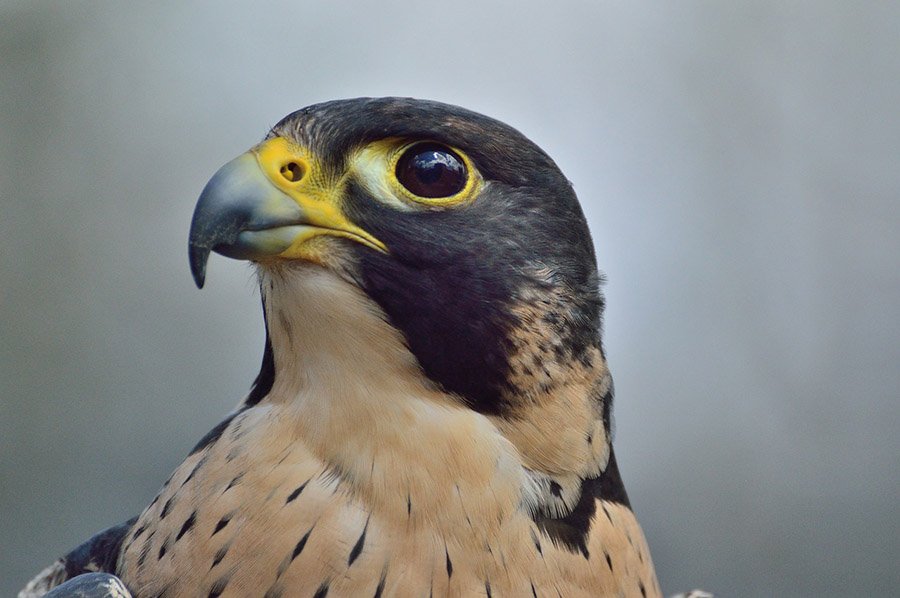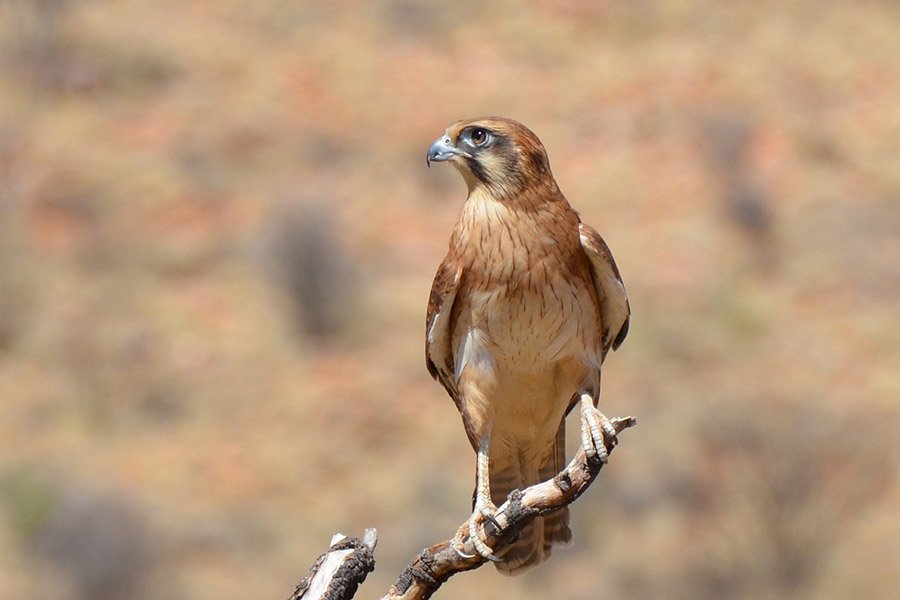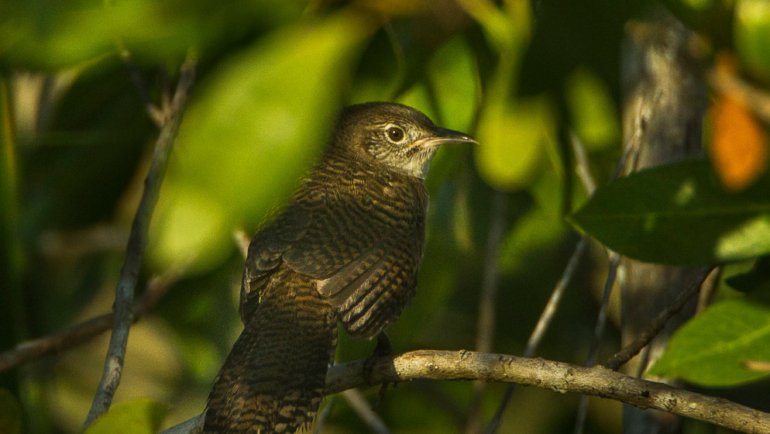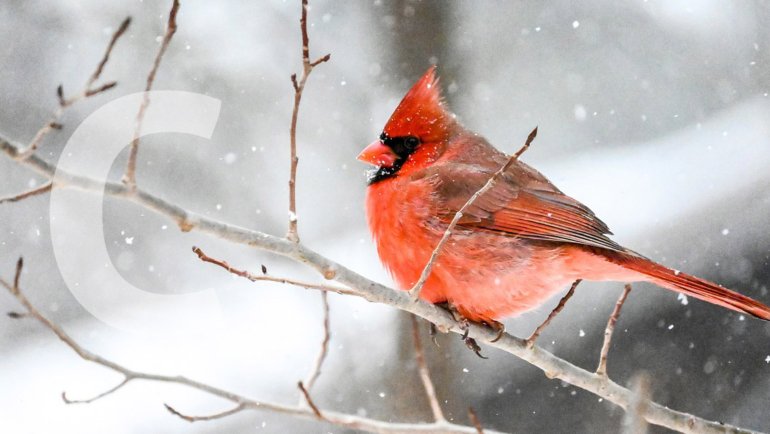Falcons, renowned for their incredible speed and precision, have captured the imagination of people around the world for centuries. These majestic birds of prey belong to the genus Falco, which includes some of the most skilled and swift aerial hunters in the animal kingdom.
In this article, we dive into the fascinating world of falcons, exploring their classification, diverse species and subspecies, unique characteristics, and their vital role in the ecosystem.
Whether you’re an avid birdwatcher, a wildlife enthusiast, or simply curious about these magnificent creatures, this fact sheet offers a comprehensive look into the life of falcons.
Falcons at a Glance
Classification
| Kingdom: | Animalia |
| Phylum: | Chordata |
| Class: | Aves (Birds) |
| Order: | Accipitriformes, or Falconiformes |
| Family: | Falconidae |
| Genus: | Falco |
| Species: | Varies (e.g., Falco peregrinus for the Peregrine Falcon) |
Essential Information
| Average Size: | 34-58 cm (13-23 inches) in length; Wingspan: 70-120 cm (28-47 inches) |
| Average Weight: | 330-1,500 grams (0.7-3.3 pounds), varies by species |
| Average Lifespan: | 12-20 years in the wild; longer in captivity |
| Geographical Range: | Worldwide, excluding extreme polar regions |
| Conservation Status: | Ranges from ‘Least Concern’ to ‘Endangered’, depending on species (IUCN Red List) |
Species and Subspecies
There are approximately 40 species of falcons under the genus Falco, with diverse subspecies. These species vary significantly in size, coloration, and habitat preferences. Key species include:
- Peregrine Falcon (Falco peregrinus): Known for being the fastest animal on earth, reaching speeds over 320 km/h (200 mph) during its hunting stoop.
- Gyrfalcon (Falco rusticolus): The largest of all falcon species.
- Kestrel (Falco tinnunculus): Known for its ability to hover in mid-air while hunting.
- Merlin (Falco columbarius): A small but fierce hunter.
Each species has adapted to their environment in unique ways. For example, the Peregrine Falcon’s streamlined body and powerful wings are ideal for high-speed dives, while the Kestrel’s lighter frame and wing structure allow it to hover effortlessly.
Subspecies variations often arise due to geographic distribution, with differences in size, plumage color, and markings being common. For instance, the Peregrine Falcon alone has over 19 recognized subspecies, each adapted to their specific regional environments.
Also read: Eleonora’s Falcon: Characteristics, Diet, Facts & More [Fact Sheet]

Description
Falcons exhibit a wide range of physical appearances, but they all share certain distinctive features. Their body size varies from the small American Kestrel, barely larger than a pigeon, to the formidable Gyrfalcon, which can be as large as a medium-sized hawk. In terms of color, falcons display a rich variety from the grey-blue plumage of the Peregrine Falcon to the mottled brown of the Kestrel.
One specific feature in their anatomy is their notable “tooth and notch” beak shape, ideal for severing the spinal cords of their prey. Their eyes are large and powerful, providing exceptional vision essential for high-speed hunting. Falcons also possess long, pointed wings and a relatively short tail, which aid in their agile flight and swift dives.
Sexual dimorphism is present in many falcon species, with females typically being larger than males. This size difference can be quite pronounced in some species, such as the Peregrine Falcon, where females can be up to 30% larger than males.
Habitat and Distribution
Falcons have an extensive geographical distribution, found on every continent except Antarctica. They inhabit a wide range of habitats, including arctic tundra, deserts, mountains, forests, and urban areas. Some species, like the Peregrine Falcon, have adapted remarkably well to city life, nesting on tall buildings and preying on urban bird populations.
The habitat choice often depends on the availability of prey and nesting sites. For instance, Kestrels prefer open fields and meadows where they can easily spot and swoop down on rodents, whereas Gyrfalcons may be found in rocky Arctic coasts and tundra, preying on ptarmigans and seabirds.

Behavior
Falcons exhibit a variety of behaviors that are as diverse as their habitats. Most are diurnal, hunting during the day, but some species or subspecies have adapted to hunting at twilight.
In terms of social structure, falcons are generally solitary, especially outside of breeding season. However, during breeding, some species exhibit remarkable pair bonding and cooperative care of offspring.
Communication in falcons involves both vocalizations and physical displays. Vocalizations can range from territorial calls to mating calls, each having distinct sounds and purposes. Physical displays, especially during mating season, include impressive aerial acrobatics and sky dances.
Falcons are known for their incredible hunting skills. They use their acute vision to locate prey, and their high-speed dives, known as stoops, are a spectacle of nature. During a stoop, falcons can reach speeds over 200 mph, making the Peregrine Falcon the fastest animal on earth. This remarkable hunting strategy demonstrates their agility, precision, and power.
Diet and Feeding Behavior
Falcons are primarily carnivorous, with a diet largely consisting of other birds and small mammals. Specific prey varies among species and habitats. For instance, the Peregrine Falcon often hunts medium-sized birds like pigeons and ducks, while the smaller American Kestrel preys on insects, rodents, and small birds.
Their hunting and feeding behavior is a testament to their prowess as predators. Falcons typically hunt in open spaces, using their high vantage points and keen eyesight to spot prey.
Once a target is identified, they employ a spectacular dive or stoop, reaching incredible speeds to capture their prey by surprise. Some species, like Kestrels, are also known for their unique ability to hover in the air before diving onto prey.
Predators
While adult falcons have few natural predators due to their speed and agility, eggs and nestlings are vulnerable to various threats. Common predators include larger birds of prey, such as eagles and owls, and mammals like raccoons and snakes. The risk of predation varies depending on the falcon’s habitat and nesting location.

Reproduction and Life Cycle
Falcons typically mate for life, with pairs engaging in intricate courtship displays, including aerial acrobatics and mutual calling. Nesting sites vary among species, with some preferring cliff ledges, others tree cavities, and urban species like the Peregrine Falcon often nesting on tall buildings.
The incubation period for eggs generally lasts between 28 to 35 days, depending on the species. The number of offspring, or eyasses, usually ranges from 2 to 5 per brood. After hatching, the chicks are cared for by both parents. The female typically stays with the young while the male provides food.
This intensive care continues until the young falcons fledge, which occurs about 6 to 8 weeks after hatching. Post-fledging, parents may continue to feed and teach the young essential survival skills for several weeks.
The life cycle of a falcon involves learning to hunt and eventually establishing their own territory, where the cycle of mating and raising young continues. Their survival into adulthood and success in breeding are crucial for maintaining healthy falcon populations.
Conservation and Threats
The conservation status of falcons varies widely among species. While some, like the Peregrine Falcon, have made remarkable comebacks from the brink of extinction, others remain threatened or endangered. The primary threats to falcons include habitat loss, pesticide use (notably DDT in the past), and illegal hunting.
Falcons face multiple threats, including habitat destruction due to urban development and agriculture, collisions with man-made structures like wind turbines and buildings, and climate change impacts. Additionally, they are sometimes persecuted due to misconceptions about their threat to livestock or game species.
Conservation efforts for falcons include habitat protection, legal protection from hunting and trade, and breeding programs. One of the most successful examples is the recovery of the Peregrine Falcon, largely due to international bans on DDT and extensive breeding and reintroduction programs.
Many organizations worldwide are dedicated to the conservation of falcons, conducting research, rehabilitation of injured birds, and public education to raise awareness.
Fun Facts
- Speed Demons: The Peregrine Falcon is not just the fastest bird but the fastest animal on earth, reaching speeds over 240 mph during its hunting dive.
- Global Presence: Falcons are found on every continent except Antarctica, showcasing their incredible adaptability to diverse environments.
- Aerial Acrobats: Falcons are known for their breathtaking aerial agility, performing complex maneuvers during hunting and courtship displays.
- Eyesight Excellence: A falcon’s vision is among the best in the animal kingdom, essential for spotting prey from great distances.
- Cultural Significance: Falcons have been revered and used in falconry for over 4,000 years, playing an important role in many human cultures. Falcons are the National Birds of Mongolia, Kuwait, Oman, Qatar, Saudi Arabia, and the United Arab Emirates.
Frequently Asked Questions
How fast can a falcon fly?
The Peregrine Falcon, the fastest of the species, can reach over 240 mph in a dive. However, their horizontal cruising speed is much lower.
Do falcons mate for life?
Yes, many falcon species form monogamous pairs that mate for life, though some may find new partners if one dies.
What do falcons eat?
Falcons primarily eat other birds and small mammals, but their diet can also include insects and reptiles, depending on the species and habitat.
How can I identify a falcon?
Falcons typically have slim, tapered wings, a notched beak, and a fast, direct flight pattern. Size and coloration vary among species.
Are falcons endangered?
The conservation status of falcons varies by species. Some, like the Peregrine Falcon, have recovered from near-extinction, while others remain at risk.
How do falcons hunt?
Falcons use their exceptional speed and agility to dive and capture prey, often in mid-air. They have keen eyesight to spot prey from high altitudes.





